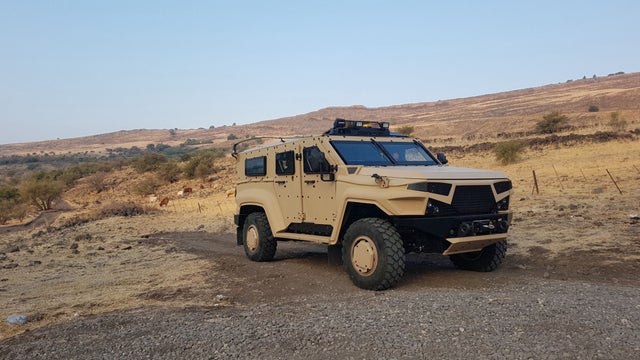- Reaction score
- 12,272
- Points
- 1,160
This article does a nice job of describing the development of the Plasan SandCat solution from it original 4 ton GVW to the latest Family of Vehicles.


| SandCat mk4 | SandCat M-LPV | StormRider | |
| Curb Weight [kg] | 7200 | 8200 | 10500 |
| GVWR [kg] | 8845 | 9700 | 11900 |
| Payload [kg] | 1645 | 1500 | 1400 |
| Length [mm] | 5600 | 5900 | 6034 |
| Width [mm] | 2315 | 2315 | 2533 |
| Height [mm] | 2540 | 2540 | 2620 |
| Seats | 10 | 11 | 10 |
| Protection | Stanag 2+ | B7/Stanag 2a/2b | Stanag 2+/2a/2b |
| Engine | 6.7L V8 330bhp, 1016Nm | 6.7L V8 330bhp, 1016Nm | 6.7L V8 330bhp, 1016Nm |
| Driveline | Selectable 4x4 | Selectable 4x4 | Permanent 4x4 |
| Suspension | Solid Axles | Solid Axles | Independent |


